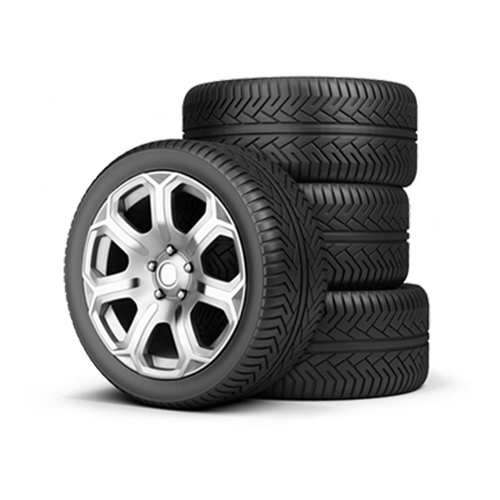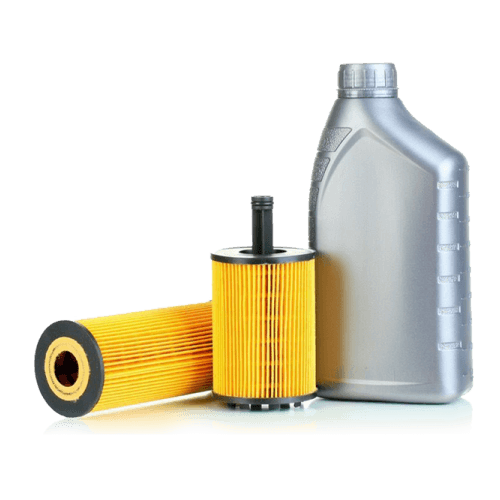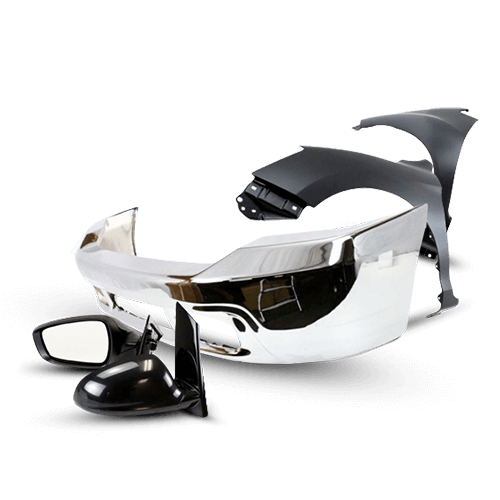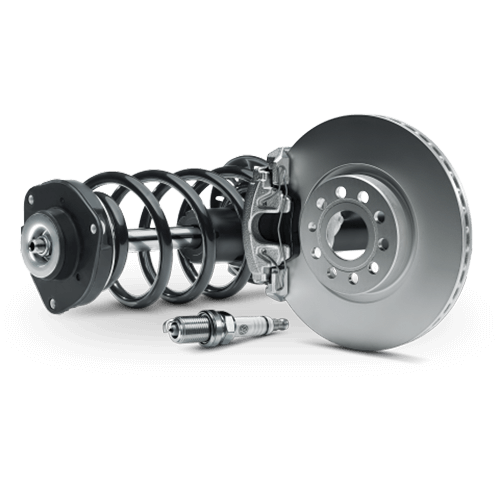
What is an Engine & it's Component | Part 2 of 2
What is an Engine & it's Component | Part 2 of 2
Engine Pulley Misc
The Engine Pulley Misc is a part of the engine that helps to change the speed of the engine. It is a belt that connects the crankshaft to the accessory drives. The pulley helps to drive power from the engine to other parts of the car.
The Engine Pulley Misc is located in front of and slightly below the Engine Block. It has two grooves cut into it, one for each belt that connects it to other parts of the car.
Filter/Adapter
The filter/adapter is the software that translates the data from a car's engine into a format that can be read by the vehicle's computer. They are usually located in the engine compartment and are typically mounted to the firewall.
The filter/adapter is responsible for reading data from sensors, such as throttle position, intake air temperature, coolant temperature, fuel level and pressure, oxygen sensor voltages and so on. It then converts these readings into a format that can be read by a vehicle's computer.
Fuel Cell
Fuel cells are devices that generate electricity by using a chemical reaction. There is no need to burn fuel and they produce zero emissions. They are considered as the future of car engines because they can be used to power cars with hydrogen, which is a renewable energy source.
This section discusses the concept of fuel cells and their role in powering cars in the future.
Fuel Gauge
This is a device which helps to show the approximate level of fuel in the tank. It can also be used to check the engine's performance, such as how much fuel is being consumed. The Fuel Gauge is usually located on the dashboard and it can be found on both manual and automatic cars.
Harmonic Balancer
A Harmonic balancer is a device that is fitted to the crankshaft of an internal combustion engine. It is designed to reduce vibration and noise.
The Harmonic balancer has been in use for over 100 years, but it has become more important in recent decades as the number of cylinders on engines has increased. The higher the number of cylinders, the more vibration there is in the engine and thus a greater need for the Harmonic Balancer.
Intake Manifold
Intake manifold is a part of the engine that diverts the air from the intake pipe into each cylinder.
The Intake Manifold is a part of the engine that diverts the air from the intake pipe into each cylinder. The manifold is connected to an air cleaner and throttle body with rubber hoses. It also has an EGR valve and a fuel pressure regulator, which are mounted on its top surface.
Oil Pan
Oil pan is the container that holds the engine oil. It is situated below the engine and in front of the transmission. The oil pan is a vital component of an engine because it helps to keep oil from leaking out of the engine.
Some people refer to this as a sump pan, but this can also be used to describe another part of an engine, such as a tank that collects water.
Oil Pump
The oil pump is a device that pumps engine oil under pressure to the various moving parts of an internal combustion engine. It is typically driven by the crankshaft via a gear train and/or chain.
The first known working internal combustion engine was built in 1876 by Nikolaus Otto, who invented the four-stroke cycle. The first car powered by an Otto Engine was built in 1886 by Gottlieb Daimler.
Piston
Piston is a key component of the internal combustion engine. Piston is a part of the engine that is used to compress the air and fuel mixture in the combustion chamber.
The piston is a cylindrical metal object that is used to increase the volume of a cylinder in order to produce useful work. The term "piston" is also used as a synonym for "engine".
Pistons are typically made from steel or aluminium, with the exception of high-performance pistons.
Rocker Arm
The rocker arm is a device in an internal combustion engine that operates a valve. The term rocker arm can refer to any of the following:
- The shaft of the rocker arm, which is typically mounted on one end to the cylinder head and on the other end to a pushrod;
- The part of the rocker arm that connects to a valve stem, also known as a "rocker"; or
- Any of various other parts that are sometimes called "rockers", such as tappet and pushrod.
Short Cylinder Block
A cylinder block is a large, heavy chunk of metal that forms the foundation of the engine. It houses the cylinders and pistons, which are connected to the crankshaft. It also holds the head gasket and provides a surface for mounting other engine components.
The short cylinder block is one of two types of blocks used in an internal combustion engine. The short block is shorter than a long block and has its cylinders arranged in three rows rather than four.
Spark Plug
An engine is a machine that converts the chemical energy of a fuel into mechanical energy. Spark plug is one of the most important parts of an engine. It is used to start the combustion process in an internal combustion engine.
A spark plug is a device that creates sparks to ignite the air-fuel mixture in an internal combustion engine. A spark plug has one or more electrodes, typically threaded into a central metal insulator with a protruding tip made from porcelain or other dielectric material.
Timing Chain/Belt
Timing chains and timing belts are used to synchronize the rotation of the camshafts with the crankshaft.
The timing belt is a rubber belt that connects a pulley on the crankshaft to a pulley on the camshaft. It is responsible for maintaining crankshaft-to-camshaft synchronization, which in turn ensures that each cylinder fires at exactly the right moment in order to produce smooth, even power.
Timing Cover
Timing Cover of engine is a component of an engine that covers the timing gears and provides a seal to contain oil and coolant. Timing cover can be made out of metal or plastic.
Timing Gears
Timing Gears of the engine are the gears that are used to control the timing of the engine. The timing gears of an engine are integral to its function and operation. The timing gears regulate how much power is transferred from the cylinders in a combustion cycle, and how long it takes for that power to be transferred. Timing gears also work with other components in an engine, such as valves, pistons, and camshafts.






